Donald Trump’s proposed trillion-dollar infrastructure bill will not create jobs. On the contrary: it will destroy jobs.
That may sound counterintuitive. But it’s right. With your permission, I’d like to explain why.
When the federal government passes a huge bill that would appropriate a lot of money for something like infrastructure, the usual reaction is: hey, at least it employs people. It’s understandable for people to think that. It’s what Big Media will tell you. It’s a totally natural reaction to have. It’s what I used to think when I heard about programs like this.
Then I ran across Frédéric Bastiat and the parable of the broken window. The concept of the seen and the unseen. The key insight is that analyzing economic problems usually requires you to look past the things you can see, and focus on the things you can’t see. If you have not heard of this before, that’s cool. I hadn’t either, three years ago. But it’s one of the single most important economic concepts you can ever learn. (Thanks to Gabriel Hanna for bringing it up in this context.)
Here’s the scenario: Imagine some kid throws a baseball through the window of a bakery and breaks it. The baker now has to repair the window. One could look at this as a great boon for employment in the community. After all: someone has to be paid to make a new window. Someone has to be paid to install it. When each of these workers is paid, they now go to other businesses and spend that money, and now other businesses do better through the magic of the Keynesian multiplier! If you’re a Keynesian, you could almost work yourself into believing that it was a good thing that the window was broken!
And yet, intuitively, you know this has to be wrong. Destruction is not good for the economy. What’s the flaw in the analysis? It has to do with the seen and the unseen.
The payments to the window maker and the window installer are what is seen. It doesn’t require imagination to see that people are being paid.
What is unseen is what the baker could have done with the money he had to use to fix the window. Maybe he was saving up for a new oven that he now can’t buy. With the new oven, he could have made his products more efficiently. The bread he sold would have been cheaper. That may mean more sales and profits for him (after all, he wouldn’t buy the oven if he didn’t think it would pay off eventually) and he can now spend the extra money elsewhere. What’s more, cheaper bread means the consumers buying the bread have more money in their pockets. Their standard of living goes up and they can spend money elsewhere. Or, as a commenter of mine points out: “perhaps the baker might have used the broken window money to pay a young apprentice who would then learn a valuable skill and perhaps one day own a bakery herself.”
But all of that is unseen. It requires imagination to realize that the money used to repair the window could have been used for other, more productive things.
When government spends taxpayer money to build a bridge, the bridge is seen. It’s right there. You can see it with your eyes and feel it with your hands. But what is unseen is all the things that could have been done with the money that was instead taken from taxpayers to build the bridge. That money can be used for capital investments to build businesses and employ more people. You could use the money you keep to buy a car that you need to get to work. You could use it to pay for your child’s education. There’s all sorts of things the money could be spent on, besides the bridge.
Which creates more jobs and wealth in society: money in the hands of taxpayers such as consumers and small businessmen, or money in the hands of federal bureaucrats? Do you think, in general, that businesses, with their need to economize and make a profit by satisfying consumer preferences, will do a better or worse job meeting the needs of society than inefficient federal bureaucracies? The answer, for a free market guy like myself, is obvious: of course private industry does better! Someday, I will make a more comprehensive case as why this must necessarily be so. For now, the simple answer is this: the incentives of the marketplace create more jobs than the inefficiencies of non-market governmental incentives to create pork and wasteful spending.
So, in the end, taking money from the taxpayers for infrastructure actually takes away more jobs than it creates.
I can tell what you’re thinking: all that being said, some repairs do need to be made. Infrastructure does need to be maintained. But much infrastructure is, or should be, private — and to the extent it is maintained by government, that should occur on the state or local level. Electricity and other utilities should be run by the market; making it a state responsibility is a mistake, leading to things like rolling blackouts, water shortages, and the like. Government should not choose winners and losers in terms of sources of energy. Mass transit projects seemingly always prove to be wasteful, and if a private company can make a go of them, let them try. As to projects that must be completed by the state, very few such projects should be federal in nature. Water supply and waste disposal are local issues. The federal government should have nothing to do with it. Even the interstate highways are owned and operated by the states. And, despite that fact, we just passed a $305 billion infrastructure package in December 2015, less than a year ago — back when Republicans were scared to death to make any stand on the budget whatsoever for fear of having Barack Obama shut down the government and claim the Republicans in Congress were at fault.
The idea that we are starving infrastructure spending is a myth. We’ve spent more on infrastructure than ever before. So, with infrastructure being primarily a state and local responsibility, how much more do we need to spend now on a federal level? People can debate that. Personally, my offer is this: nothing.
As we have this discussion, keep in mind that a spendthrift Democrat whom many considered (fairly or unfairly) to be a socialist at heart, Hillary Clinton, thought it required about $275 billion to improve our infrastructure. Now Donald Trump, Mr. Bankruptcy himself, is telling us that it requires $1 trillion. Why? Are we going to gold-plate all the bridges? Are we going to spend millions to put the name “Trump” on the side of every overpass?
More realistically, are we going to have a pork extravaganza the likes of which the world has not seen for eight years? And the answer to that one, as Trump fan Sarah Palin might put it, is: you betcha!
But in any event, as we have this debate, let’s remember the seen and the unseen. All this spending is not free. It comes out of people’s pockets.
A Donald Trump presidency is going to required fans of the free market to do a lot of learning, and a lot of educating others on economics. It’s a topic I have learned a lot about in the last three years, and I don’t hold people in contempt if they haven’t questioned these assumptions. I didn’t myself.
My pet project, in which I hope to promote the values of liberty, the free market, and the Constitution — including educating people about economics as I have done in this post — is the Constitutional Vanguard. We have a private Facebook group, open only to members of the group, and are discussing our plans for the future. If you haven’t already, join us by signing up here.


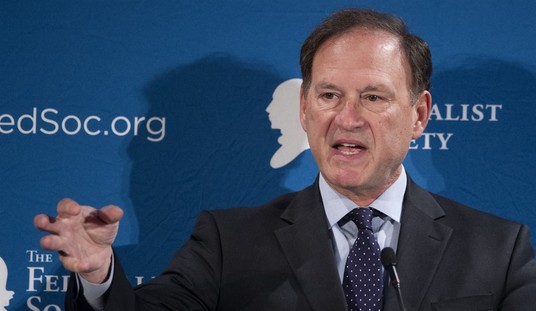

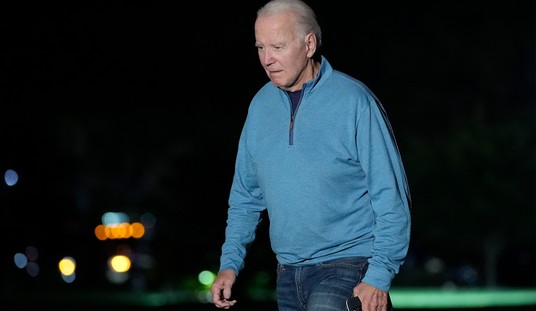
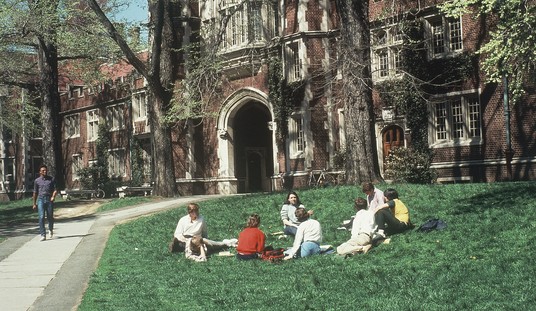


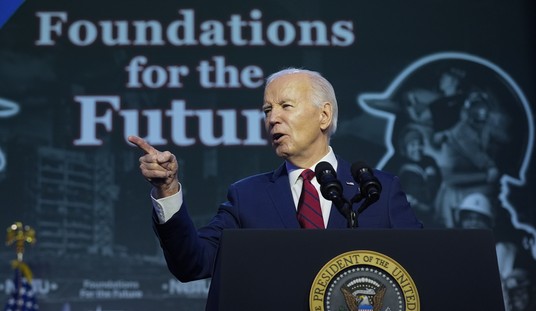
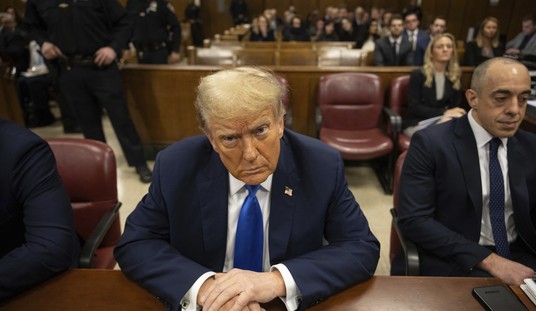

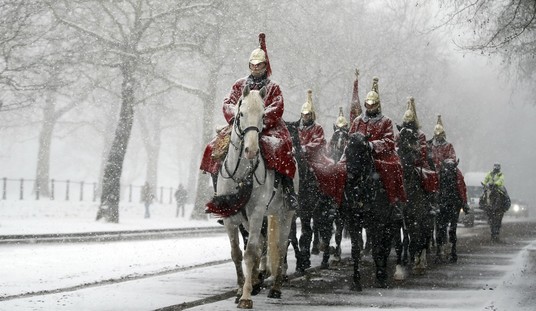
Join the conversation as a VIP Member